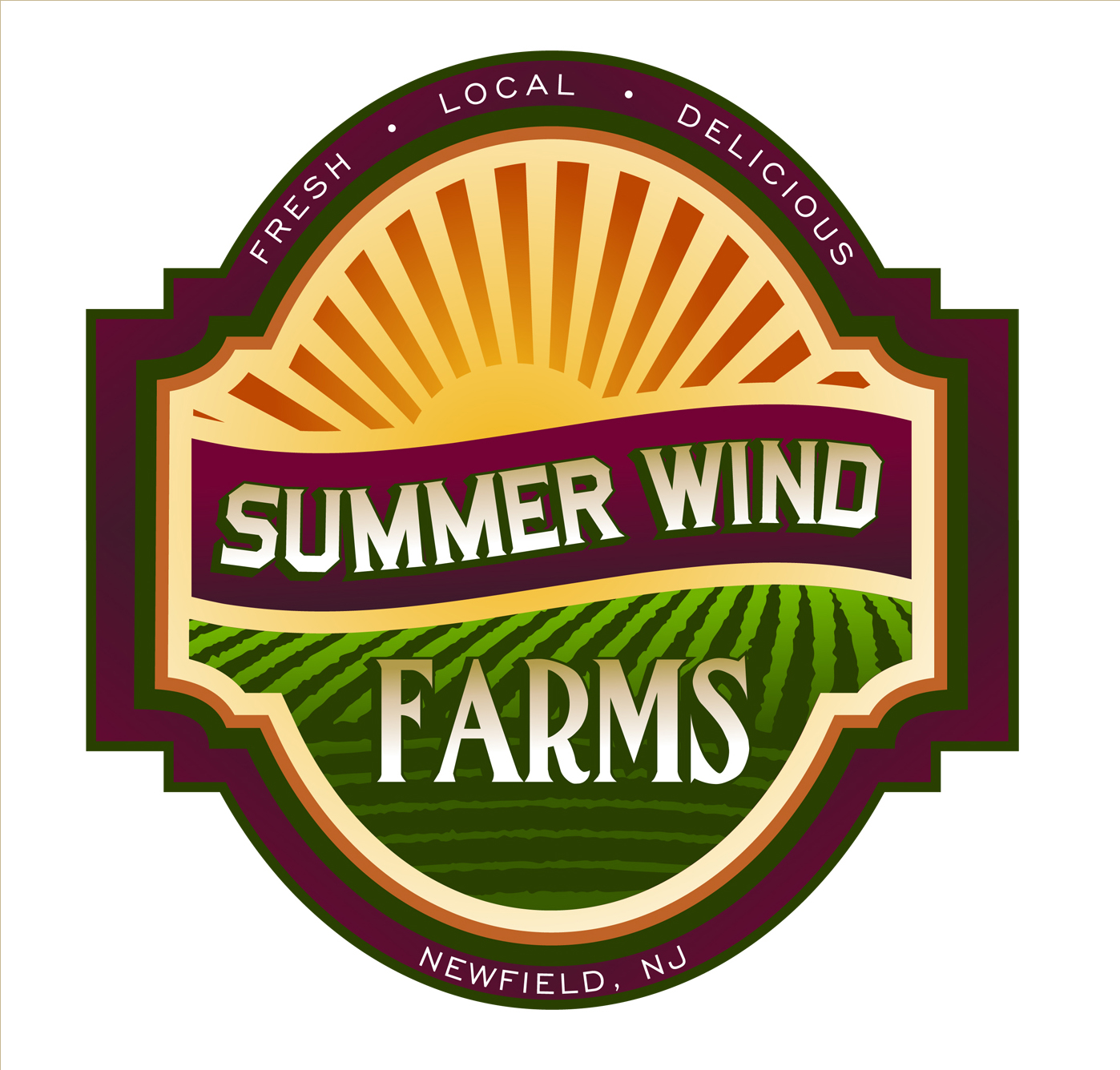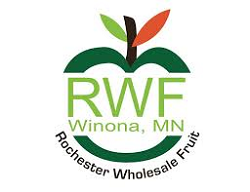In today’s world of fresh produce, we hear many of the same phrases we’ve heard for years around protecting the “relationship.” That is, the business relationship where suppliers and buyers come together to hash out agreements, debate cost models, project demand and haggle over the best sales and merchandising strategy to achieve combined success.
Everyone tries to say the right thing in the negotiating process, but often the parties who are doing the talking aren’t the ones with decision-making authority. And this is where things can get tricky, if not come off the rails completely.
From my personal experience, this is when, as the leader of the area of the business one is responsible for, there must be a sense of “doing the right thing” and to inform leadership because all too often they just don’t know what they don’t know.
The backstory
When I was a young buyer, I was learning how to buy, negotiate and forecast. I was focused on the best cost for my business and rarely gave a thought to the one I was buying from and what their needs were; I was singularly focused on my needs.
On one occasion I was negotiating with a farmer to buy his crop of fresh okra, which was a key seasonal ingredient in our market at that time. I had already decided what I could sell the okra for, before I even discussed with the farmer what it cost to produce and sell to our company. The discussion did not go well, in fact we ended our meeting with no agreement. I was ready to move onto another source for okra, but wasn’t sure I could find the same quality and supply I needed to meet the demand I expected.
A couple of days later I had a visit from the owner of our company and he asked me about my conversation with the farmer, so I explained. He sat and listened intently, allowing me to explain every detail. When I was finished telling my version of the meeting, he leaned forward and said, “If the farmer cannot be made whole, we need to walk away.” Adding, “If a farmer cannot make a profit selling to us, they will not be there the next time we need them.”
That compelling thought stuck with me from that day forward, influencing how I negotiated on our company’s behalf for the next 30 years.
Relationships today
The stakes are high for both buyers and sellers today. Suppliers and producers are increasingly incurring higher input costs and having a more difficult time being able to pass along those increases to the buy side.
It is more important than ever for both parties to align values, motives, principles and outcomes for mutual success with a theme of transparency.
The word “value” is most often connected to price, but when the other attributes of a product are explored for market strategy soon the price is not primary to the negotiations.
While price is certainly important to drive sales and demand. What is equally important is the sustainability of the relationship and combined businesses.
Driving demand
I recently returned from the International Fresh Produce Association’s 2025 Retail Conference. While there, I heard numerous times that buyers are focused on the long-term success of their supply partners, which was well received by the audience.
Meeting expectations from a sales and marketing perspective, price modeling and increasing consumption of fresh fruits and vegetables — all while keeping up with a fast-changing consumer and in-store labor challenges are all part of remaining competitive in the retail marketplace. Now is the time for both the supply and the buy side to be in the same boat for combined success.
They say a rising tide lifts all boats. Now is the time to lift all boats in our industry.
This column is part of a series by Joe Watson, who spent 30-plus years as the director of produce for Rouses Markets and was named Produce Retailer of the Year and honored as one of The Packer 25, both in 2014. Watson now serves as a vice president of retail, foodservice and wholesale for International Fresh Produce Association.














